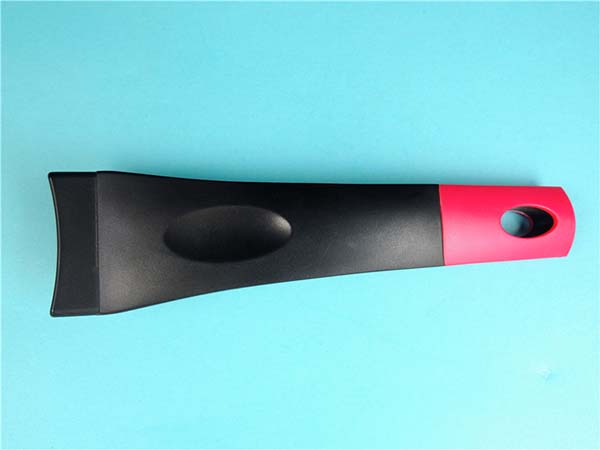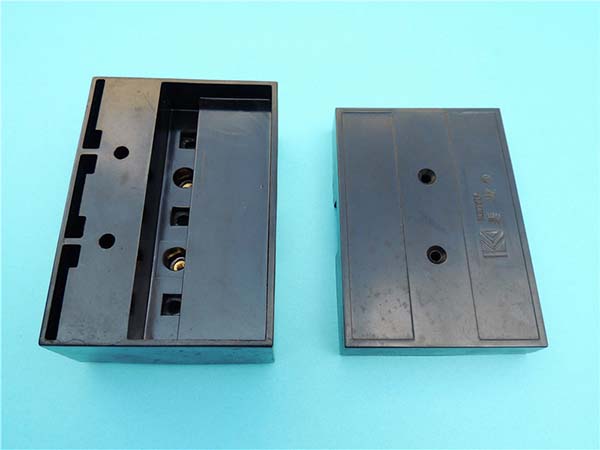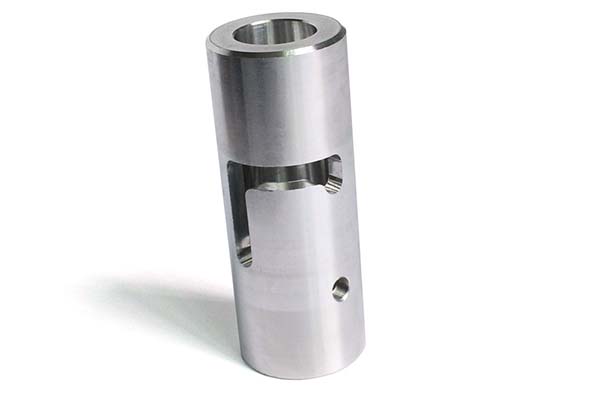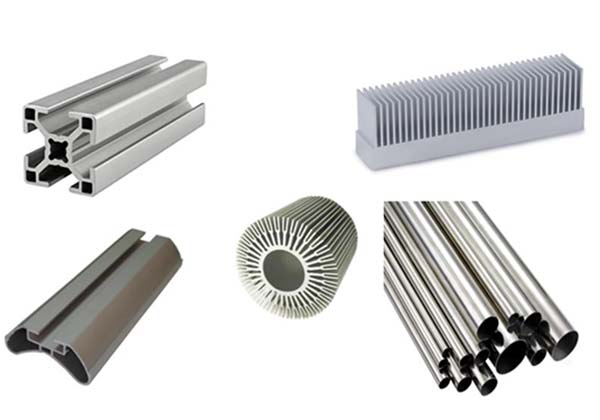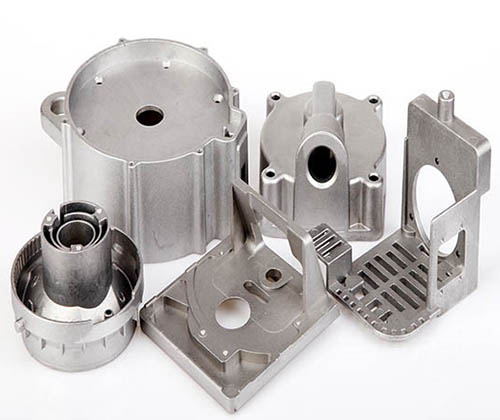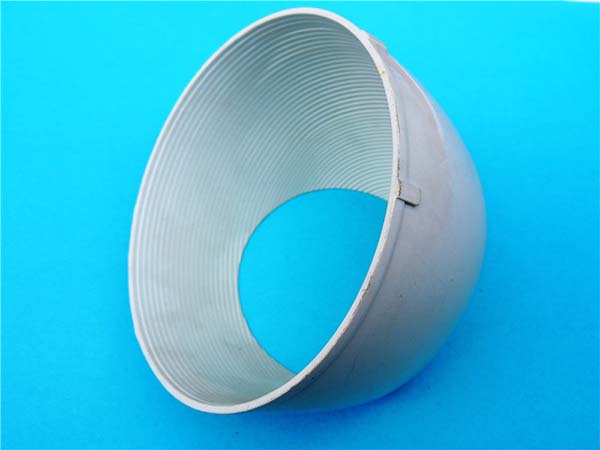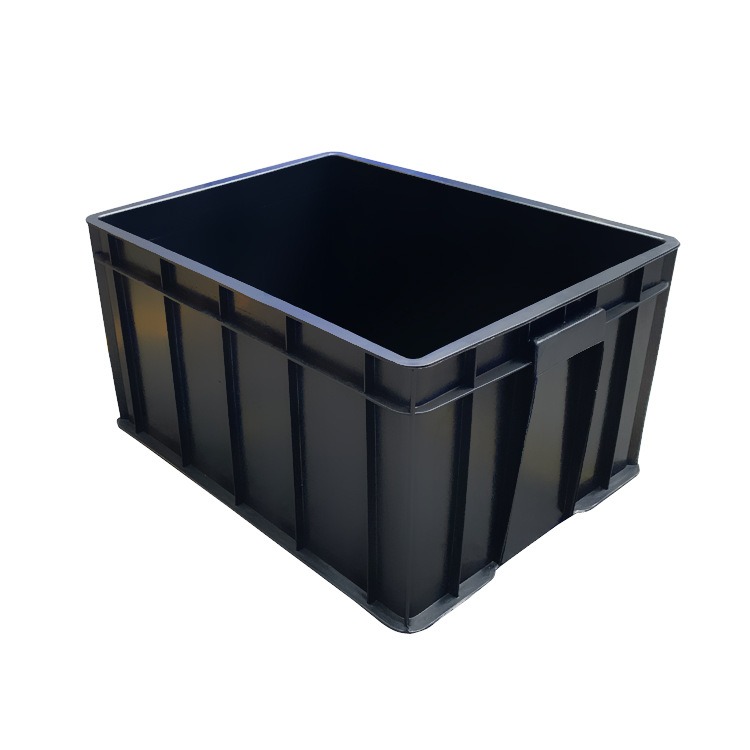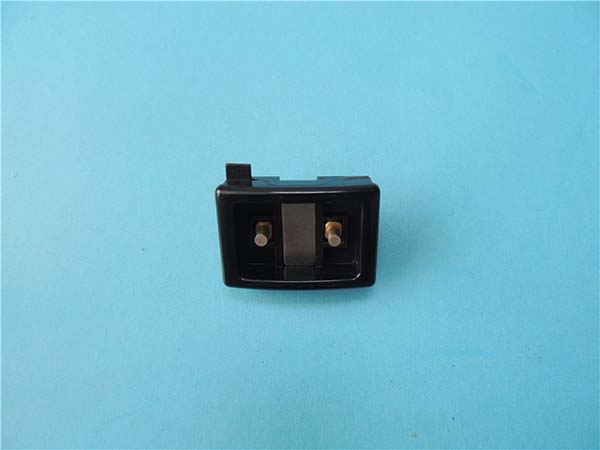Introduction
In the dynamic realm of manufacturing, the capabilities of rapid prototyping and tooling have emerged as cornerstones for manufacturing engineers. These technologies aren't just fleeting trends; they're the linchpins that hold together the complex machinery of modern product development and production.
For manufacturing engineers, rapid prototyping offers an unprecedented ability to transform abstract design concepts into tangible, testable models in a fraction of the time compared to traditional methods. This speed-to-prototype is crucial in today's hyper - competitive market. Consider a consumer electronics company aiming to launch a new smartphone. Using rapid prototyping, engineers can quickly create multiple iterations of the phone's casing, testing for ergonomics, aesthetics, and functionality. In the past, this process could have taken months of painstaking manual work and expensive tooling setup. Now, it can be accomplished in a matter of weeks or even days.
Tooling, on the other hand, is the backbone of mass production. High - quality, well - designed tools are essential for ensuring the precision and consistency of manufactured parts. For instance, in the automotive industry, where millions of parts are produced annually, the dies and molds used in stamping and casting operations must be of the highest quality. Manufacturing engineers rely on advanced tooling techniques to create these tools, which can withstand the high pressures and repetitive use required in large - scale production.
The integration of rapid prototyping and tooling has created a powerful synergy. Rapid prototyping allows engineers to validate their designs before committing to expensive tooling production. It provides a cost - effective way to identify and rectify design flaws early in the product development cycle. By combining these two technologies, manufacturing engineers can streamline the entire product development process, from concept to market, making it more efficient, cost - effective, and responsive to market demands. This article will delve deep into the various aspects of rapid prototyping and tooling, exploring their techniques, applications, and the benefits they bring to manufacturing engineers.
I. Understanding Rapid Prototyping and Tooling
A. Definition and Basics
Rapid Prototyping
Rapid Prototyping is a revolutionary manufacturing method based on the principles of discrete and additive manufacturing. It allows for the quick transformation of digital 3D models, typically created using Computer - Aided Design (CAD) software, into physical prototypes. This process is a departure from traditional subtractive manufacturing techniques, which involve removing material from a larger block to achieve the desired shape. Instead, rapid prototyping builds objects layer by layer, adding material precisely where it is needed.
For example, in the development of a new toy, designers can use rapid prototyping to quickly create a physical model of the toy's design. This enables them to test the toy's functionality, such as how its moving parts work, and its ergonomics, like how comfortable it is to hold, long before committing to mass production. It significantly reduces the time and cost associated with traditional prototyping methods, which might involve complex machining processes or the creation of custom molds.
Tooling
Tooling, on the other hand, is the process of creating tools, fixtures, and molds that are essential for mass production. These tools are designed to ensure the accurate and efficient replication of parts. For instance, in the production of plastic bottles, a mold is created. This mold is a type of tooling that, when filled with molten plastic and cooled, gives the plastic the shape of the bottle. The quality and precision of the tooling directly impact the quality and consistency of the final products. High - quality tooling can withstand the rigors of high - volume production, ensuring that each part produced is identical in shape, size, and quality.
B. Key Technologies Involved
- 3D Printing Technologies
- Selective Laser Sintering (SLS):SLS is a powder - based 3D printing technology. It uses a high - power laser to sinter powdered materials, such as plastics, metals, or ceramics, layer by layer. The process begins with a thin layer of powder being spread across the build platform. The laser then scans the cross - sectional pattern of the part onto the powder bed, fusing the powder particles together where the laser beam hits. As each layer is completed, a new layer of powder is added, and the process repeats until the entire three - dimensional object is formed. One of the major advantages of SLS is its ability to work with a wide range of materials, and it doesn't require support structures during the printing process since the unsintered powder supports the overhanging parts. For example, in the production of complex automotive components, SLS can be used to create prototypes or even low - volume production parts directly from metal powders, reducing the need for traditional machining operations.
- Selective Laser Melting (SLM):SLM is similar to SLS but with a key difference. While SLS sinters the powder particles together (i.e., they are only partially melted and bonded), SLM fully melts the metal powder using a high - energy laser. This results in parts with higher density and better mechanical properties, often comparable to those of parts produced by traditional manufacturing methods such as forging. In the aerospace industry, SLM is used to manufacture critical components like turbine blades. These blades need to have excellent strength and heat resistance. SLM allows for the creation of complex internal geometries in these blades, which can improve their performance, such as better cooling efficiency, while maintaining high structural integrity.
IV. Real - World Applications
A. Case Studies in Different Industries
- Automotive Industry:In the automotive industry, rapid prototyping and tooling play a crucial role. For example, a leading automotive manufacturer was developing a new high - performance engine. Using rapid prototyping techniques like SLS, they were able to quickly produce engine prototypes. This allowed them to test different design concepts for the engine's combustion chambers and intake manifolds. By rapidly iterating on these prototypes, they could optimize the engine's performance in terms of power output, fuel efficiency, and emissions. In the tooling phase, they created high - precision molds for casting engine components. These molds were designed with the help of advanced CAD/CAM software, ensuring that each cast part had the exact dimensions and quality required for mass production.
- Medical Industry:In the medical field, the applications are equally revolutionary. Consider the case of a prosthetics company. They used 3D printing (a form of rapid prototyping) to create custom - fit prosthetics for patients. By scanning the patient's residual limb, they could generate a 3D model and then print a prosthetic limb that was uniquely tailored to the individual's anatomy. This not only improved the comfort and functionality of the prosthetics but also reduced the production time significantly compared to traditional manufacturing methods. In terms of tooling, medical device manufacturers use precision - engineered molds and fixtures to produce syringes, catheters, and other disposable medical products. These tools are designed to meet strict medical standards, ensuring the safety and reliability of the products.
- Aerospace Industry:The aerospace industry has also reaped significant benefits from rapid prototyping and tooling. A major aerospace company was tasked with manufacturing a complex aircraft component. The part had intricate internal channels for cooling and a highly aerodynamic outer shape. Using selective laser melting (SLM) for rapid prototyping, they were able to create a prototype of the component with the exact internal and external geometries. This prototype was then thoroughly tested for structural integrity and aerodynamic performance. Once the design was finalized, they used advanced tooling techniques to create dies for forging the component in large quantities. The use of these technologies reduced the development time for the component by months and also led to weight savings, which is crucial for improving the fuel efficiency of aircraft.
B. Success Stories and Their Impacts
- Increased Production Efficiency:A consumer electronics company was able to reduce the time from concept to market for a new smartphone model from 18 months to 12 months by using rapid prototyping and advanced tooling. This was achieved by quickly prototyping different design elements, such as the phone's casing and internal component layout, and then using high - speed tooling for mass production. As a result, they were able to launch the product earlier than their competitors, gaining a significant market share.
- Cost Reduction:A furniture manufacturer reduced its production costs by 30% by implementing rapid prototyping for new furniture designs. Instead of spending large amounts of money on traditional prototyping methods, they used 3D printing to create prototypes. This allowed them to identify and correct design flaws early in the process. In the tooling stage, they optimized the design of their molds, reducing the amount of material wasted during production.
- Product Innovation:A toy company used rapid prototyping to quickly develop and test new toy concepts. They were able to bring three new innovative toys to market in a single year, compared to only one or two in previous years. This was made possible by the ability to rapidly iterate on designs and create prototypes for testing with children. The use of advanced tooling also ensured that the final products were of high quality and could be produced in large quantities. These success stories demonstrate the far - reaching impacts of rapid prototyping and tooling in various industries, from enhancing production efficiency and reducing costs to driving product innovation.
V. Yigu Technology's Perspective
As a non - standard plastic and metal products custom supplier, Yigu Technology highly values the role of rapid prototyping and tooling. In the production of non - standard products, these technologies offer distinct advantages. Rapid prototyping enables us to quickly translate unique design requirements from customers into physical prototypes. This not only allows for rapid design validation but also significantly shortens the time from concept to production. For example, when a client requests a custom - shaped plastic component for a special - purpose device, rapid prototyping can quickly create a prototype for testing within a few days.
Our tooling capabilities ensure high - precision mass production of non - standard parts. We have a team of experienced engineers proficient in advanced CAD/CAM software, which allows for the design and production of high - quality molds and fixtures. We provide a one - stop service from design to production. This integrated service ensures seamless communication between different stages of the production process, reducing errors and improving overall efficiency. Yigu Technology is committed to leveraging rapid prototyping and tooling to provide our customers with high - quality, customized products in a timely manner.
FAQs
Q1: What are the main differences between SLS and SLM in rapid prototyping?
A: SLS sinters powder particles together (partially melted and bonded), while SLM fully melts the metal powder using a high - energy laser. SLM results in parts with higher density and better mechanical properties, often comparable to those of parts produced by traditional manufacturing methods such as forging. SLS can work with a wider range of materials and doesn't require support structures during printing as the unsintered powder supports overhanging parts.
Q2: How can rapid prototyping and tooling reduce production costs?
A: Rapid prototyping allows for early detection and correction of design flaws, reducing the cost of re - engineering during mass production. In tooling, optimized mold designs can reduce material waste. For example, a furniture manufacturer reduced production costs by 30% by using 3D printing for prototyping and optimizing mold designs.
Q3: Can rapid prototyping be used for high - volume production?
A: While rapid prototyping is mainly used for creating prototypes and low - volume production, some advanced 3D printing technologies are gradually being explored for higher - volume production. However, traditional mass production methods like injection molding are still more cost - effective for large - scale production due to their higher production speeds and lower per - unit costs.
